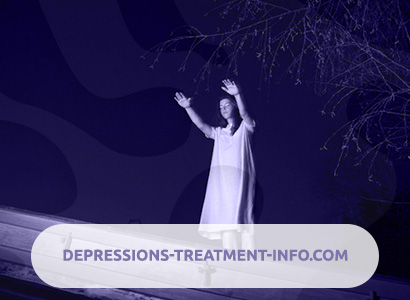What is Sleepwalking (Somnambulism)?
The greatest prevalence in boys is in prepubertal.
Causes of Sleepwalking (Somnambulism)
The reason is the emergence of a functional focus of wakefulness, which invades the stage of deep sleep.
Symptoms of Sleepwalking (Somnambulism)
A state of altered consciousness in which the phenomena of sleep and wakefulness are combined. During the first third of sleep, the patient gets up at night with his eyes open, tries to go somewhere, often to the balcony, to the door, sometimes takes a pillow and a blanket with him, changes the location of the bed. He reacts negatively to an attempt to wake up, his eyes are open, and often there is no blinking. After awakening – amnesia, there are no signs of paroxysmal activity on the EEG.
Diagnosis of Sleepwalking (Somnambulism)
Diagnostic symptoms:
- The episodes of lifting and walking in the first third of night sleep.
- During the episode, a distant facial expression with a steady gaze, lack of reaction to attempts to make contact or wake up are noted.
- Amnesia about the episode.
- Restoring mental activity and behavior a few minutes after waking up.
- Lack of dementia and epilepsy.
Differential diagnosis
It should be differentiated from epileptic somnambulism, in which paroxysmal activity on the EEG is detected and there are other paroxysmal signs.
Treatment for Sleepwalking (Somnambulism)
Treatment consists in deepening sleep with benzodiazepines or amitriptyline.

